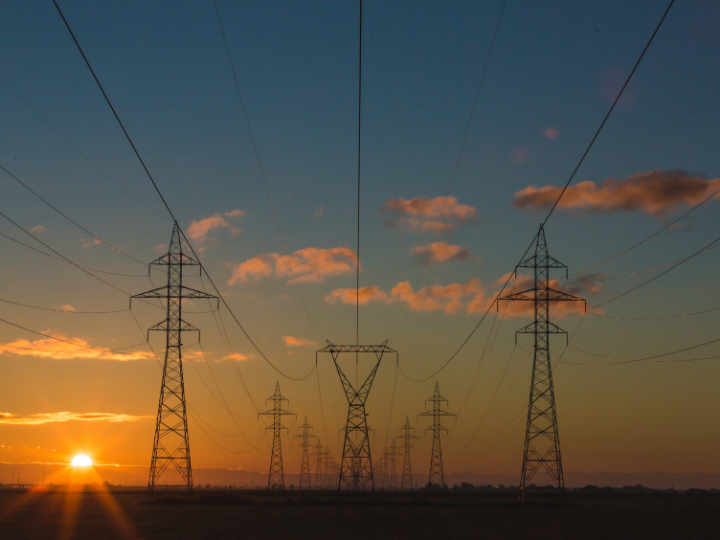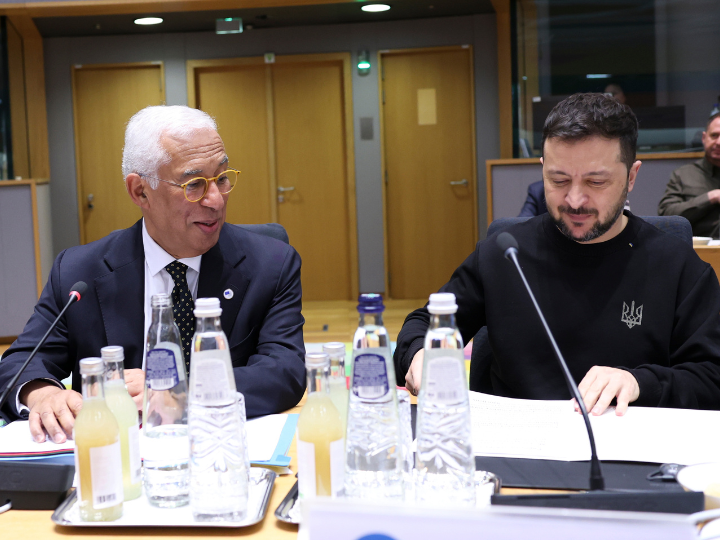by Dimitris Galantis*
Not with banners and headlines, but with defaults — with systems that decide for us before we even notice.
Artificial intelligence is one of those silent defaults. It doesn’t wait for elections, tenders, or industry debates. It runs in the background, shaping what we see, what we choose, and what we believe is possible.
In the offshore and maritime world, where capital cycles and geopolitics already dictate our moves, this raises a strategic dilemma: are we putting resources into the right things — or are we distracted by noise while live needs go unmet?
2022 The Security Crisis
When Russia invaded Ukraine, Europe discovered the hard way how fragile its energy system was. LNG terminals appeared at record speed. Peripheral ports became strategic gateways. Capital flowed not to wind targets or future visions, but to immediate security needs: gas, interconnectors, defense.
This was a lesson in priorities. Vision matters, but survival comes first.
2024 The AI Hype
Two years later, the talk shifted. Suddenly, AI was in every boardroom. Copilots promised to write reports, optimize schedules, and cut OPEX. Consultants pitched transformation roadmaps. Valuations soared.
But on the ground — in shipyards, dredging projects, offshore lifts — little changed. Inflation and supply chain stress still stalled tenders. Crews still worked in rotation. Compliance still ate hours. The hype was real, but the impact was scattered.
2025 The Economics Crisis
This year, the cracks spread wider. Offshore wind tenders in Europe failed. Costs outpaced subsidies. Developers raised emergency equity.
Investors hesitated.
Meanwhile, AI reappeared — not as salvation, but as patchwork. Weather-routing copilots help captains save fuel. Predictive tools flag maintenance early. Compliance systems automate certificate checks.
Useful, yes. But not transformative. Each tool creates new inefficiencies — false alarms, hallucinated outputs, reports needing manual validation. We’re already in an AI optimization phase, but it’s fragile, messy, and dependent on human backstops.
The Hidden Shift | Decisions Before Decisions
Here’s the deeper issue: AI doesn’t just add tools. It changes defaults.
-Routing software narrows which options a captain even sees.
-Compliance dashboards predefine what counts as “acceptable.”
-Investment models filter which projects look viable on paper.
By the time managers or regulators make a “decision,” the system has already framed their horizon. The perception of choice is optimized before the choice itself.
That’s what makes this moment different from past crises. In 2014, when oil crashed and Crimea reshaped Europe’s security map, we improvised by moving labor: dredging crews became turbine installers, oil engineers supervised cable-lays. Humans adapted under pressure.
Today, optimization arrives faster than human adaptation. And the temptation is to believe the system knows best.
Who Actually Benefits?
Large corporations and governments can absorb inefficiency. They run two systems in parallel — humans validating AI, consultants auditing consultants. It slows them down, but they can afford it.
For SMEs in maritime and offshore, the choice is harsher. Either a tool creates value, or it’s dropped. For a small agency already burdened by tightening regulations, emissions trading, and taxation, another AI dashboard that adds noise is not transformation. It’s survival math.
And here’s the paradox: that very pressure creates opportunity. When big organizations stall under their own weight, small, lean, tech-savvy players can enter supply chains and replace rotting structures. Not because they have better slogans, but because they can actually deliver under today’s constraints.
The Investor’s Dilemma
This brings us back to the central question: are we chasing the right future?
Do we pour money into visions that may materialize in 20 years — fully autonomous grids, AI-managed fleets, seamless global optimization?
Or do we focus on live needs — skilled labor, dredging yards, interconnectors, compliance systems that actually work today?
AI is here. It already shapes perception, frames choices, and influences flows of capital. Ignoring it would be naïve. But betting everything on the promise of disruption is just as reckless.
The Message
History shows us that real transitions are not clean. They are messy responses to crises.
-2014 was a labor crisis.
-2022 was a security crisis.
-2025 is an economics crisis.
AI is woven into this moment — but not as salvation. It is optimization layered onto fragile systems, shaping decisions before they’re made.
So the real strategic move is not to ask whether AI will “arrive.” It already has. The question is: what do we prioritize while it matures?
For investors, policymakers, and industry leaders, the answer is clear:
-Fund resilience now.
-Scale labor, ports, vessels, and grids.
-Use AI as support, not as an excuse to defer hard choices.
Because energy transitions don’t live in hashtags or hype cycles. They live in yards, ports, and vessel crews — adapting under pressure, again and again.




 By: N. Peter Kramer
By: N. Peter Kramer
